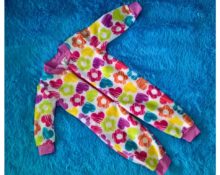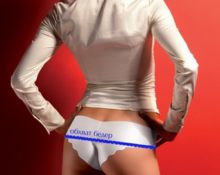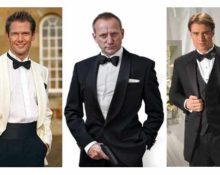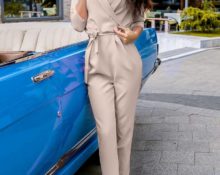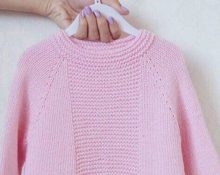 Very often, fashion borrows ideas from different cultures, spheres of life, and professions. And now turn-ups in the form of cuffs on trousers have become very fashionable. Initially, it was an attribute of militant football fans, as well as those who liked to wear heavy army boots. Cyclists also rolled up their pants to prevent them from getting caught in the mechanism.
Very often, fashion borrows ideas from different cultures, spheres of life, and professions. And now turn-ups in the form of cuffs on trousers have become very fashionable. Initially, it was an attribute of militant football fans, as well as those who liked to wear heavy army boots. Cyclists also rolled up their pants to prevent them from getting caught in the mechanism.
However, now the cuffs of guys' trousers are no longer a symbol of belligerence or militarism. Now it's stylish and fashionable, and even a little glamorous.
Women's fashion is ready for experiments, but this time men's fashion has also succumbed to the charm of cuffs on trousers.
How to roll up a guy's pants correctly
It would seem that there is nothing difficult about tucking up your pants. However, if you do not follow some recommendations, the tuck will not look like a fashionable highlight, but a stupid and inappropriate roll-up.
Therefore, fashionistas take note:
- The roomier the trousers, the wider the cuffs should be.
- Tucks are not suitable for short stature, as they visually shorten the legs.
- Do not tuck: too narrow, flared, sports pants and pants made of materials that do not hold their shape.
- Cuffs add a casual, carefree feel to the look, so men should think twice before adding them to classic-cut business trousers.
- The slight sloppiness of the hems is very important; they do not need to be carefully smoothed out.
- Rolled-up trousers reveal your ankles, and you need to be careful when choosing socks: depending on the situation, solid nude ones or ones with an original pattern will do.
- The bottom of the cuffs should touch the top of the socks or shoes: socks may be visible from under the trousers, but precisely for the purpose of demonstrating their originality.
- When making tucks, you need to be sure of the quality of the inside of the pants; if the seam is crooked or the threads are sticking out, you can’t tuck.
There are different ways of tucking, each of which is suitable for a specific type of trouser.
Jeans

Jeans are perfect for tucking. Their fabric holds its shape well, even if you make just one fold. Moreover, loose, baggy jeans look neater when they end at the top of the boots.
Types of lapels:
- Single narrow - the lower edge of the legs is folded outwards with a narrow strip, up to 2 cm wide.
- Single regular - fold the bottom edge once for a width of 3-4 cm.
- Single wide – cuff width – 4–6 cm.
- Double fold - performed like a single fold, but folded again. In this case, the bottom edge of the jeans is hidden inside the lapel. Can be narrow, regular or wide.
- Double offset - the edge is turned up by 7 cm, then folded again to a width of 3 cm. You get an original two-level cuff.
- Twisted - a single regular fold is made, and then a double fold - but only on one side of the cuff (inner or outer). In this case, there is a twist at the back and front.
- With a roller, the trouser leg is rolled up several turns.
The method of creating a lapel is selected depending on the model of jeans.
Skinny jeans
 Despite recommendations not to roll up jeans that are too tight, sometimes you really want to disobey. In this case, the cuff should be single, narrow and extremely neat. Asymmetrical, uneven turns will mercilessly ruin the entire look.
Despite recommendations not to roll up jeans that are too tight, sometimes you really want to disobey. In this case, the cuff should be single, narrow and extremely neat. Asymmetrical, uneven turns will mercilessly ruin the entire look.
Straight Jeans
The optimal solution for straight jeans would be a single regular or wide lapel, depending on the length of your legs. You can also beautifully make double cuffs if the length of the product allows.
Twisted and offset hems will help diversify and make classic jeans more informal.
Wide jeans
Single wide cuffs look good on wide jeans. If they don’t hold well, you can iron the fold thoroughly.

Slim, loose jeans
The thinner the trouser fabric, the more layered the cuff can be. Thin jeans can be folded 3-4 times or rolled with a roller.
Chinos
Chinos are slightly tapered trousers made of lightweight cotton fabric, most often sand-colored. According to the style, they end at the ankle, but quite often they have an additional lapel.
The most suitable lapel in this case is a narrowed one. It is done as follows:
- The bottom edge of the trouser legs is slightly pinched, preferably done at the back.
- Two folds, 2–3 cm wide, are made to secure the tuck. This makes the bottom slightly narrower.

This option can be used not only on chinos, but also on other pants.
Classic pants
The central point of business style is classic trousers. In most cases they are part of a pantsuit. And although cuffs are not so often seen on business trousers here, they are traditional in the UK. Therefore, wearing trousers with cuffs can create the image of a London gentleman.

In addition, the cuffs add weight to the bottom of the trouser legs, pulling them tight while walking and straightening them after standing up, for example, from a chair.
Classic trousers should fit strictly to your figure. They should not be too big or too small. Therefore, they are usually sold with a loose, elongated hem, so that you can adjust them according to height yourself or in a studio. This allows you to make cuffs on your trousers.
How to make cuffs on men's trousers (master class)
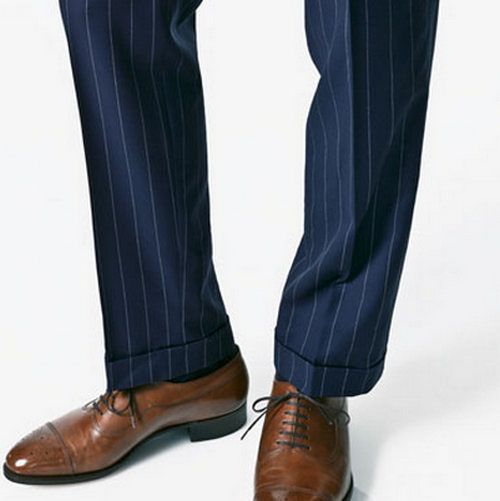 There are two options for cuffs: one-piece and stitched. The difference between them is that the former are made from the elongated lower edge of the trouser legs, and the latter are made from separate suitable pieces of fabric. For classic trousers, the cuffs must be strictly made of the same fabric as the product itself, so it is better to make them one-piece.
There are two options for cuffs: one-piece and stitched. The difference between them is that the former are made from the elongated lower edge of the trouser legs, and the latter are made from separate suitable pieces of fabric. For classic trousers, the cuffs must be strictly made of the same fabric as the product itself, so it is better to make them one-piece.
To create them you will need:
- raw hem trousers;
- trouser braid;
- threads, needle;
- chalk.
You can also add patience and accuracy to this list, since business style does not allow sloppiness.
Having prepared everything you need, perform the following steps:
- Lay your pants flat.
- The length of the finished product is marked with chalk.
- From the set mark, additionally measure: double the length of the cuff and 1 cm for the hem. Cut off the excess.
- Place the additional length inside so that the edge is 5–7 mm higher than the measured length of the product.

- Make a note.To make the cuffs perfectly even, it is better to make two lines, one of which will run from the bottom along the fold line of the cuff.

- Apply the thick side of the braid to the basting so that the cut edge is under the braid.

- Sew around the bottom and then the top edge of the braid. You will get two seams along the front side of the trousers, which will later be closed with a collar.

- The basting is removed.
- Fold the cuff so that the lower edge of the tape protrudes 1 mm.

- Iron.
- Manually secure the flap on both sides. The seam should lie on the side seams of the trouser legs.

Repeat the procedure on the second leg.
Conclusion
Turn ups are not our invention, but these days, instead of being an everyday necessity, they have acquired the status of style and fashion. By applying the rules for forming cuffs, you can diversify your look with different lapel options.


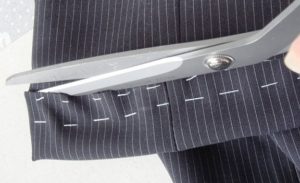
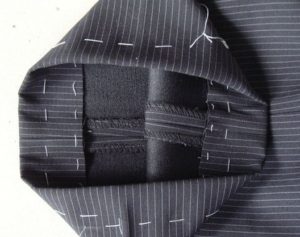
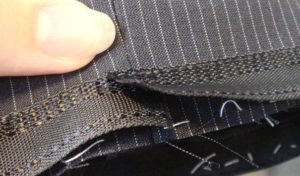
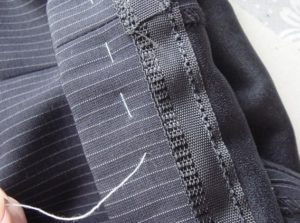
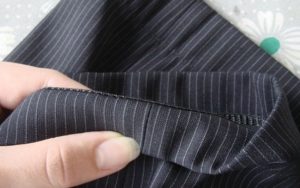
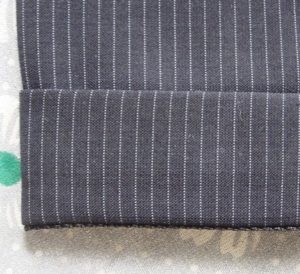
 0
0